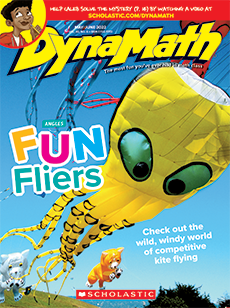Bryan Derballa
STORE IT: Each of the factory’s 8 silos holds 136,000 gallons of wax!
Macaroni and cheese, periwinkle, jungle green. Crayola crayons come in every color of the rainbow. The company makes 120 different colors of crayons—and it makes a lot of them!
The Crayola factory in Easton, Pennsylvania, opened in 1903. Today it produces around 12 million crayons each day. That’s nearly 3 billion crayons per year!
Macaroni and cheese. Periwinkle. Jungle green. Crayola crayons come in every color of the rainbow. The company makes 120 different colors of crayons. And it makes a lot of them!
The Crayola factory in Easton, Pennsylvania, opened in 1903. Today it produces around 12 million crayons each day. That’s nearly 3 billion crayons per year!

